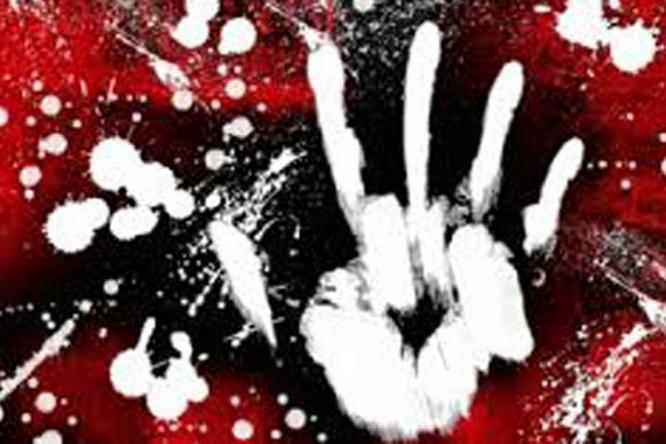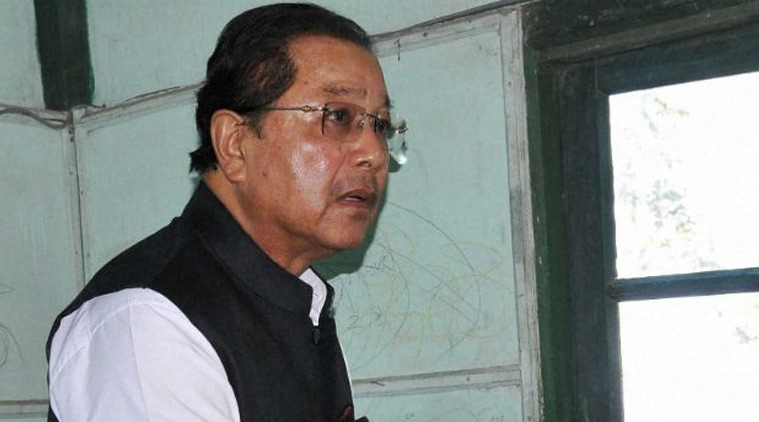Officials from the state Home Department confirmed that there had not been a single kidnapping incident so far this year.
The ebbing of militancy in Tripura has had a positive effect in the neighbouring state of Mizoram. As Tripura exited AFSPA with the number of extremist-related incidents, civilian deaths, security personnel deaths, kidnappings and encounters falling to zero this year, Mirzoram, too, saw the number of kidnappings by Tripura-linked militants drop to zero.
Officials from the state Home Department confirmed that there had not been a single kidnapping incident so far this year. They attribute the success to the current tripartite talks between the NLFT, Tripura and the Centre, the second round of which was concluded earlier this month.
Over the past half-decade, at least 31 people were kidnapped — 29 at gunpoint — within Mizoram in nine separate incidents.
Except for two kidnappings near the state’s north-western border with southern Assam, all others incident took place in the border area with Tripura and Bangladesh, according to data furnished to the Tripura Assembly last November by state Home Minister R Lalzirliana.
The latter’s hilly, forested border area has been a hotbed of militant groups that, investigators said, relied on ransom-kidnappings as their main revenue source. The major operators in the area have been the National Liberation Front of Tripura (NLFT) and lesser-known gangs of Bru tribals that aid the NLFT.
Tripura CM Manik Sarkar recently said the NLFT cadres remain in 16 camps in Bangladesh, three of them close to the Indian border. The Mizoram Home Minister added that 10 kidnappers had been arrested by Mizoram Police, among them seven cadres of the Bru Democratic Front of Mizoram and two cadres of the NLFT.
Seven of these arrested kidnappers were from North Tripura’s Naisingpara relief camp for internally displaced Bru tribals.
The ebbing of militancy in Tripura has had a positive effect in the neighbouring state of Mizoram. As Tripura exited AFSPA with the number of extremist-related incidents, civilian deaths, security personnel deaths, kidnappings and encounters falling to zero this year, Mirzoram, too, saw the number of kidnappings by Tripura-linked militants drop to zero.
Officials from the state Home Department confirmed that there had not been a single kidnapping incident so far this year. They attribute the success to the current tripartite talks between the NLFT, Tripura and the Centre, the second round of which was concluded earlier this month.
Over the past half-decade, at least 31 people were kidnapped — 29 at gunpoint — within Mizoram in nine separate incidents.
Except for two kidnappings near the state’s north-western border with southern Assam, all others incident took place in the border area with Tripura and Bangladesh, according to data furnished to the Tripura Assembly last November by state Home Minister R Lalzirliana.
The latter’s hilly, forested border area has been a hotbed of militant groups that, investigators said, relied on ransom-kidnappings as their main revenue source. The major operators in the area have been the National Liberation Front of Tripura (NLFT) and lesser-known gangs of Bru tribals that aid the NLFT.
Tripura CM Manik Sarkar recently said the NLFT cadres remain in 16 camps in Bangladesh, three of them close to the Indian border. The Mizoram Home Minister added that 10 kidnappers had been arrested by Mizoram Police, among them seven cadres of the Bru Democratic Front of Mizoram and two cadres of the NLFT.
Seven of these arrested kidnappers were from North Tripura’s Naisingpara relief camp for internally displaced Bru tribals.










 The 16-year-old boy confessed to the
Juvenile Justice Board that he had killed the couple on July 7 and took
away Rs 36,000, said Aizawl district police.
The 16-year-old boy confessed to the
Juvenile Justice Board that he had killed the couple on July 7 and took
away Rs 36,000, said Aizawl district police.


